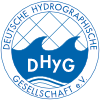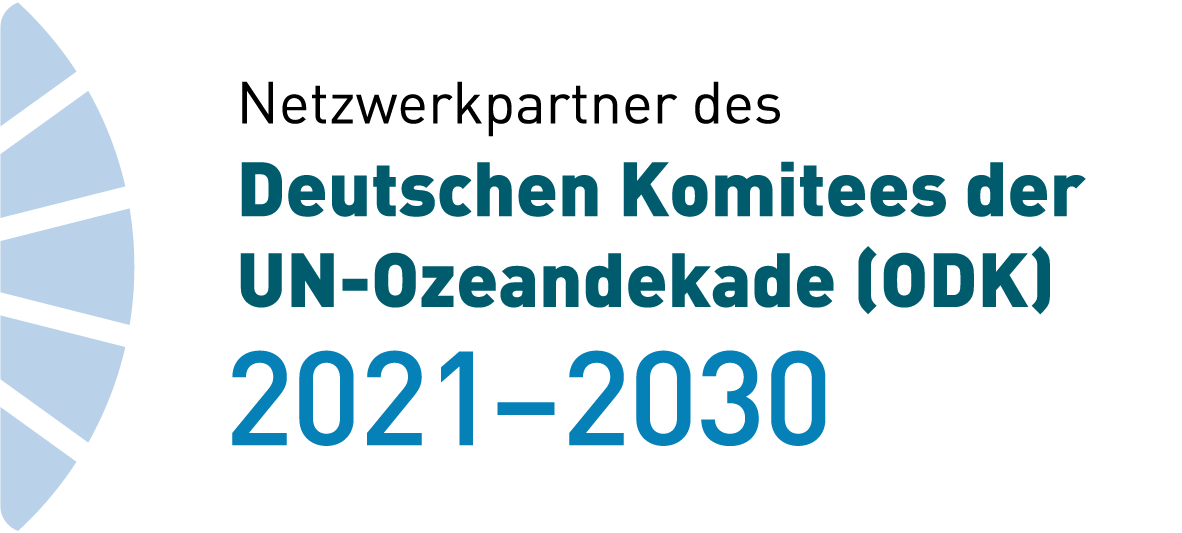Automatic boulder identification in side-scan sonar
Boulder surveys seek to identify prominent boulders which position may collide with planned cable routes, offshore wind farms or other subsea construction activities. Data is collected using suitable sensor technologies such as bathymetry from multibeam echo sounders and side-scan sonar imaging. Currently, the boulder identification process is a labour-intensive job that requires domain expertise to interpret the data and provide each identified target with accurate annotations. With this work, we propose to automate the majority of this process by training neural networks to identify boulders in side-scan data. Our preliminary work estimates the area covered by each boulder instance and further generates metadata for each identified target for filtering, sorting and report generation. In addition to being an automated process, our method can process several kilometres of side-scan data and identify thousands of boulders in less than a minute. Not only does this provide results of high accuracy but it also performs orders of magnitude faster than human processors.
boulder identification | AUV | SeaCat | artificial intelligence | deep learning | side-scan sonar imag-ing


